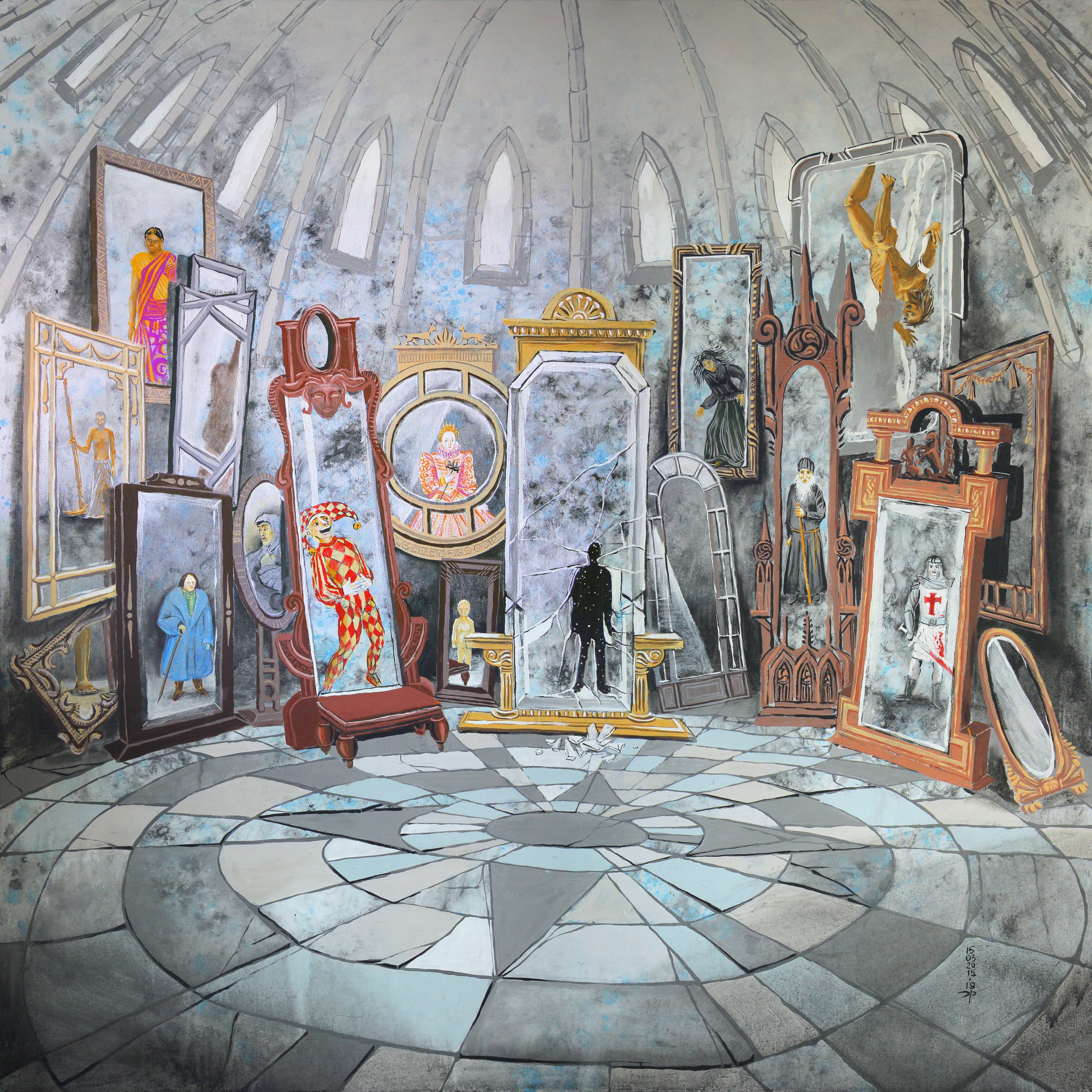Self Mythology: Part 2 - Paracosm
Welcome back to part two of our winter zine! In part one, we discussed the ways in which winter is a perfect time for turning inward. We used fairy tales and myths as vehicles for understanding ourselves and the narratives of our lives.
In part two, we’ll be exploring the therapeutic benefits of “paracosms.” A paracosm is a detailed imaginary world that a person builds in their own mind. Oftentimes, children do this inner world-building organically, but we may benefit from continuing this practice into adulthood as well. Read on for ideas about how to engage in this practice to connect with personal symbols, work through inner conflicts, and find the answers that are already inside you.
“Do not feel lonely, the entire universe is inside you.”
world building
Narnia is one well known example of an individual paracosm, turned very public world. When C.S. Lewis was a small child, he developed a paracosm that he called Animal Land, which he later developed into the Narnia that we know from The Lion, the Witch, and the Wardrobe, and the rest of his Chronicles of Narnia series. Narnia is a world where, interestingly, it is ALWAYS winter (but never Christmas).
Move still from The Lion the Witch and the Wardrobe (1988)
A great example of the therapeutic potential of paracosms is Marwencol.
Marwencol is a paracosm created by Mark Hogancamp, a man who - after surviving a hate crime and coming away with significant brain damage - created a therapeutic exercise that brought his paracosm to life. He built a 1/6 scale town in which to act out scenes from his inner world with small figurines, which seemed to significantly improve his mental health and his ability to cope with what had happened to him.
What would you love your inner world to look like? Would you populate it with human beings or other creatures? If you were to spend time intentionally building a paracosm of your own, what genre would best describe it? Fantasy? Steampunk? SciFi?
Spend some time letting your imagination run wild and continue visualizing plot lines that may take place in your inner world!
If you’re feeling drawn to bringing your inner world into the physical one, consider researching Sandplay Therapy or experimenting with building your own virtual world via video games.
soundtrack
Check out this playlist to connect with some wintery fantasy and fairy tale vibes that may help you slip into self mythologizing and entering your own inner world.
archetype card activity
Symbols are the language of our inner worlds, and archetypes are incredibly powerful universal symbols. Consider exploring archetypes as a way to increase awareness of all the various parts of yourself. Before engaging in this activity, you may find it helpful to reference lists of archetypes that have been identified by others, although you can also rely solely on your own ideas.
You can use these cards to set daily intentions, connect to different parts of yourself, or to help guide your self care practices.
Make Your Own Archetype Cards
1- referencing a list of archetypes, identify a few that seem especially active in your life or personality
2-for each archetype you’ve identified, imagine how they would appear if they were to come alive (for example, maybe “the recluse” is a turtle that is hiding in its shell, or “the protector” is a warrior in shining armor, readying self for battle.)
3- using index cards and whatever media you like (paint, pencil, collage, etc.), illustrate these archetypes.
Thank you for reading our second and final part of our winter zine! Kenna and I look forward to returning with more in the spring!




